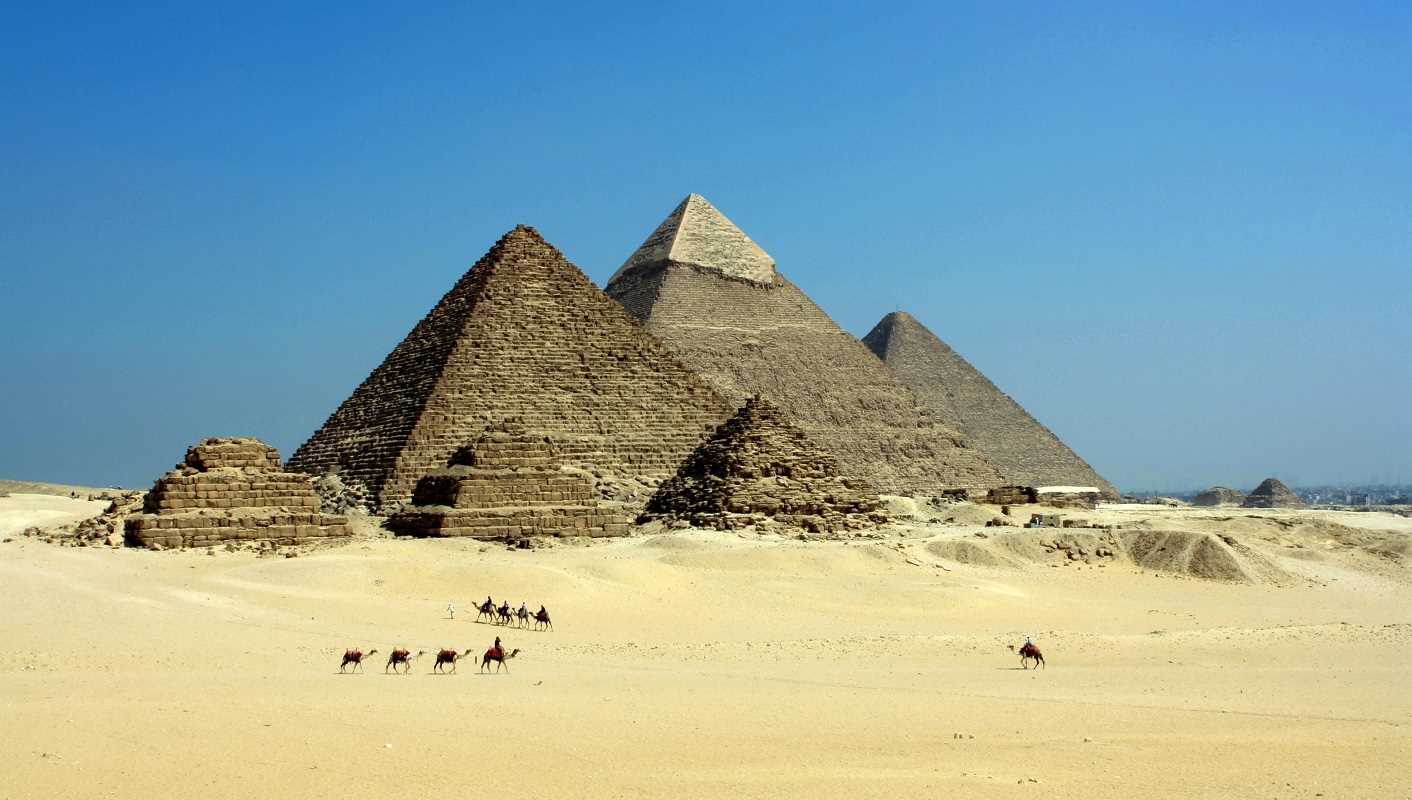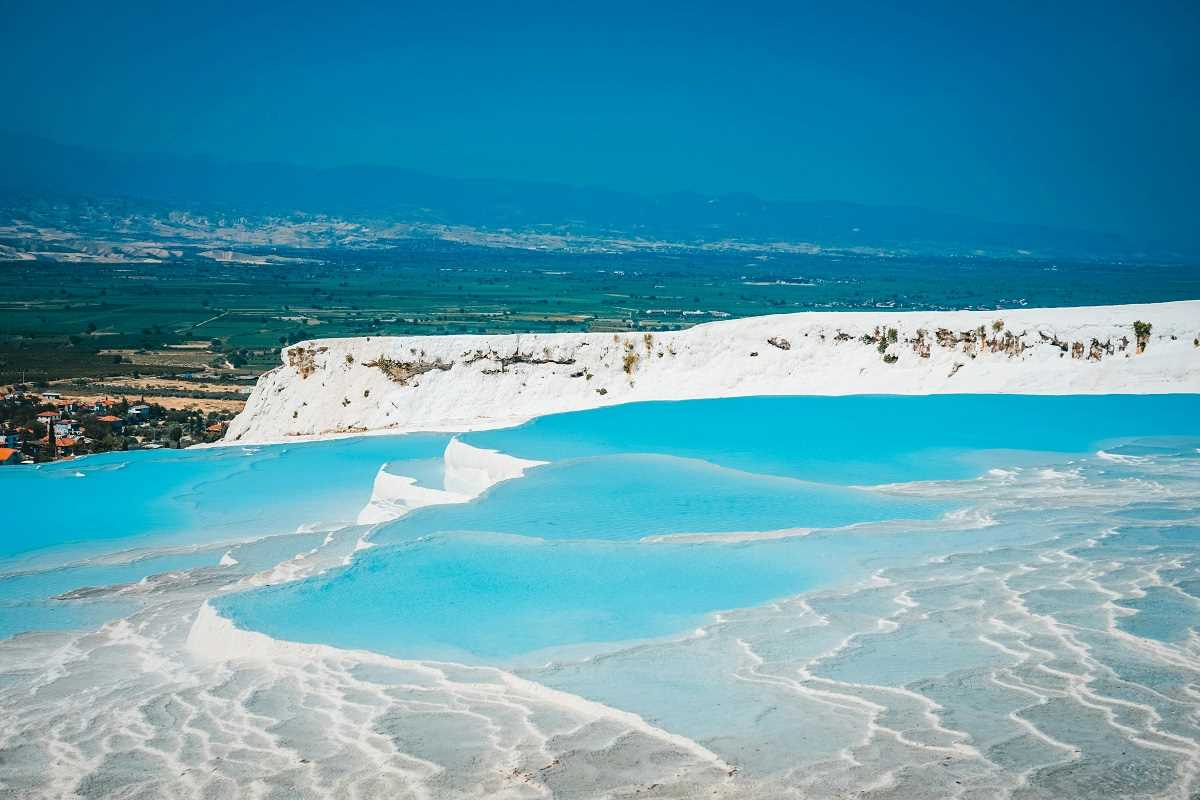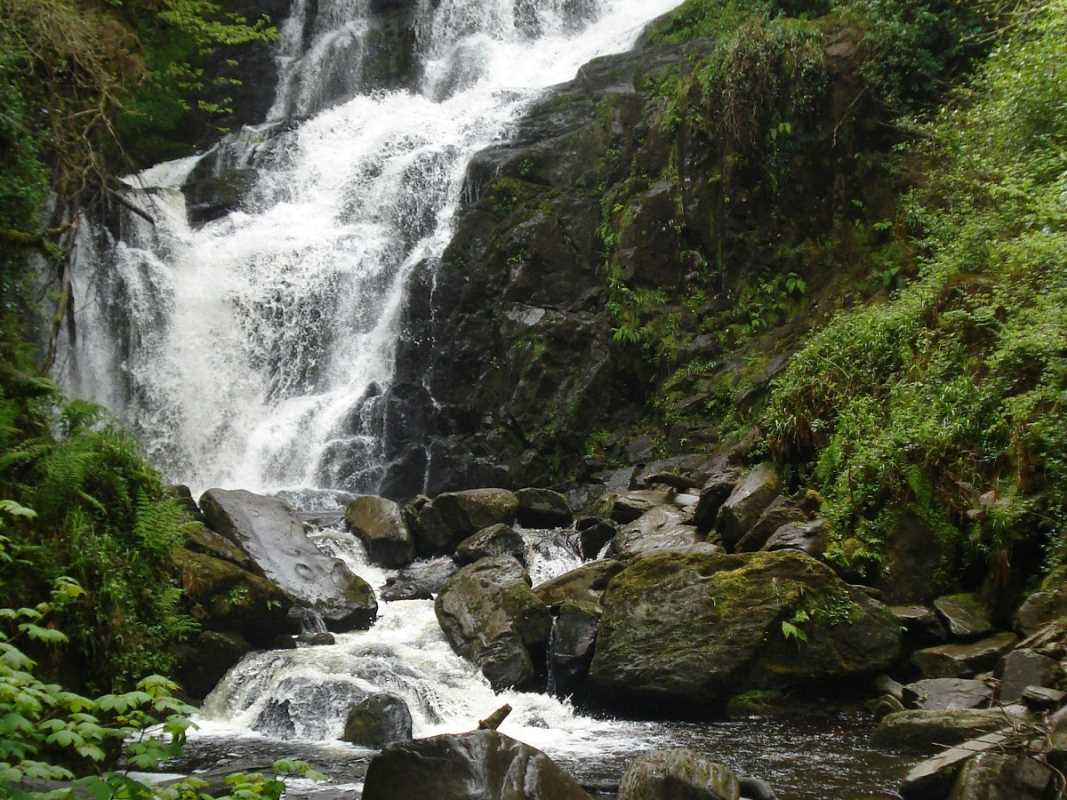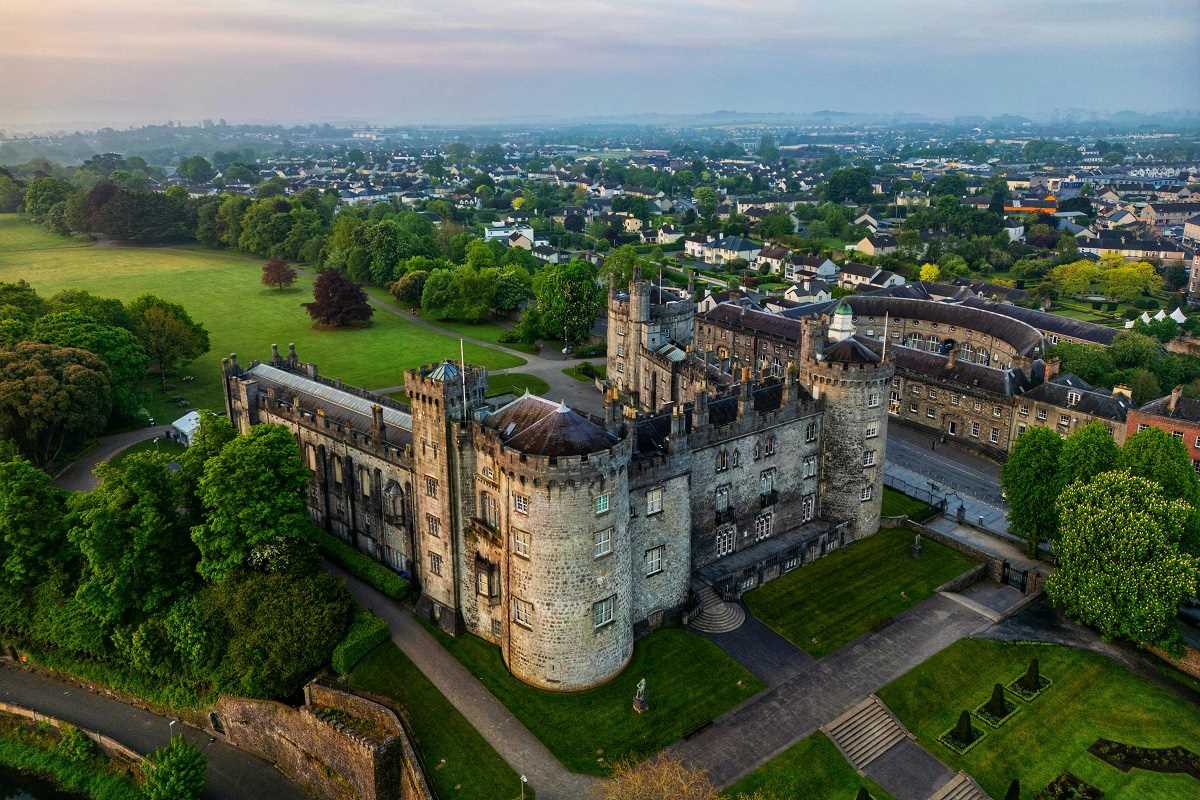Egypt’s pyramids have long been shrouded in mystery and wonder, captivating travelers from across the globe. While the Great Pyramid of Giza rightly stands as one of the most famous landmarks on Earth, there’s far more to these ancient marvels than meets the eye. From hidden chambers to surprising astronomical alignments, the pyramids hold plenty of secrets that remain little-known to most visitors. If you're planning a trip to Egypt, understanding these lesser-known facts will give you a deeper appreciation for these incredible structures and enhance your travel experience.
Here’s your guide to uncovering the lesser-known stories, unusual facts, and practical travel tips about Egypt's legendary pyramids.
1. They Weren’t Always Smooth
When you picture a pyramid, smooth and sleek surfaces may come to mind. But did you know the pyramids weren’t always the rugged, stepped structures we see today? Originally, many of Egypt’s pyramids were covered in a casing stone made of polished white limestone. This smooth outer layer reflected sunlight, making the pyramids shine brilliantly and visible from miles away.
Over millennia, much of this casing stone was removed for use in other construction projects or was eroded by time. However, you can still see a glimpse of what they once looked like at the pyramid of Khafre, the second-largest pyramid at Giza. Its smooth limestone cap near the top remains partially intact, offering a rare look at this ancient design.
2. The Great Pyramid Isn’t Hollow
Although it’s tempting to imagine the Great Pyramid of Giza as a treasure-filled labyrinth, the truth is far more fascinating. The interior of the Great Pyramid is surprisingly sparse, with only a few documented chambers, including the King’s Chamber, the Queen’s Chamber, and the mysterious Grand Gallery.
Interestingly, modern technology like thermal imaging and 3D mapping has detected additional voids within the pyramid. One of these is a large, hidden cavity above the Grand Gallery, discovered in 2017. Its purpose and contents remain unknown, fueling further intrigue and study. While you won’t be able to explore these voids yourself, simply knowing about their existence adds another layer of mystery to your visit.
3. Astronomical Precision
The Great Pyramid of Giza is considered an ancient engineering marvel for many reasons, but its extraordinary astronomical alignment is among the most impressive. The pyramid is aligned almost perfectly with the cardinal points of north, south, east, and west. This precision would have required advanced knowledge of astronomy, with many theories suggesting that the builders used the stars or the sun’s shadow to determine the exact directions.
Additionally, the shafts within the pyramid appear to align with particular stars significant to ancient Egyptians, like Orion’s Belt and Sirius. This alignment is thought to represent a pathway for the pharaoh’s soul to ascend to the heavens, merging cosmology with spiritual beliefs.
4. Lesser-Known Pyramids Beyond Giza
While the Giza Pyramids steal the spotlight, Egypt is home to many other fascinating pyramids waiting to be explored.
- Saqqara: Located about an hour south of Cairo, Saqqara is home to the Step Pyramid of Djoser, the oldest pyramid in Egypt and a revolutionary leap in ancient architecture. Constructed in 2670 BCE, it paved the way for the iconic pyramid design.
- Dahshur: Here you’ll find the Bent Pyramid, an intriguing structure with slanted walls, thought to reveal an earlier construction experiment. Nearby, the Red Pyramid is often credited as the first true pyramid with smooth, straight sides.
Visiting these lesser-known sites not only avoids the crowds of Giza but also provides insight into the evolution of pyramid construction over time. Plus, they make for wonderful day trips from Cairo!
5. They Weren’t Built by Slaves
One of the most persistent myths about the pyramids is that they were built by slaves. But the truth is that archaeological evidence debunks this misconception. Excavations near the pyramids uncovered workers’ villages, including remains of bread ovens and sleeping quarters that suggest organized, well-fed laborers constructed these monuments.
These workers were skilled laborers and farmers participating in pyramid construction during the agricultural off-season. Their work was seen as an honorable contribution to the kingdom rather than oppressive labor.
6. Ancient Graffiti in the Pyramids
Hidden within the Great Pyramid are markings made by the very workers who built it. These ancient “graffiti” inscriptions include hieroglyphs and symbols in areas that weren’t meant to be visible, like construction chambers. These markings typically show the names of the work gangs, many of which were playfully boastful, such as “Friends of Khufu,” referring to the pyramid's attributed Pharaoh.
If you’re fascinated by the human connection behind the pyramids, imagining these laborers leaving their mark thousands of years ago makes the experience feel even more personal.
7. The Mystery of the Sphinx
While the pyramids are iconic, the nearby Great Sphinx of Giza adds to the site’s mystique. Carved from a single block of limestone, the Sphinx is one of the oldest and largest monolithic statues in the world. What many people don’t realize is that its original purpose remains a topic of debate.
Some theories propose it represents Pharaoh Khafre, while others point to ancient texts suggesting far earlier origins. Additionally, signs of erosion on its body indicate it may have been exposed to heavy rainfall, leading some experts to theorize it predates the pyramids. Whether you’re standing in awe of the pyramids or the enigmatic Sphinx, this area is steeped in thought-provoking mysteries.
Practical Travel Tips for Visiting the Pyramids
Planning your trip to these world-famous structures requires some strategy to make the most of your visit. Here’s what you need to know:
Best Time to Visit
The ideal time to explore the pyramids is during the cooler months, from October to April. Temperatures are more comfortable for walking around, especially if you plan to visit the interiors. Mornings (8-10 AM) are the best time to arrive if you want to beat the crowds and avoid the midday heat.
Travel Essentials
- Comfortable Walking Shoes: The terrain around the pyramids is uneven, so sturdy footwear is key.
- Sunscreen and Hat: Even during cooler months, the sun can be strong.
- Water Bottle: Bring plenty of water to stay hydrated during your visit.
- Camera or Smartphone: You’ll want plenty of photos! Tripods are usually not allowed inside the site, so travel light.
Getting There
- From Cairo, the Giza Pyramid complex is just a short drive away (about 30 minutes). Taxis and ride-hailing apps like Uber are convenient options. If you prefer a guided experience, many tours include transportation and expert commentary.
- For Saqqara and Dahshur, renting a car or joining a group tour is the easiest way to explore these off-the-beaten-path sites.
Insider Tips
- Interior Access: While general admission covers the pyramid complex, you’ll need an extra ticket to enter the Great Pyramid or other interiors. It’s well worth it for history enthusiasts but can be a bit confined, so skip it if you're claustrophobic.
- Avoiding Crowds: Weekends and holidays are busier, so plan accordingly. If possible, visit during weekdays for a quieter experience.
- Exploring on Camelback: Camel rides are available around the site for a unique experience, but agree on a price beforehand to avoid haggling surprises.
The pyramids of Egypt are repositories of human ambition, creativity, and mystery. These ancient structures have captivated people for centuries, and it's clear just why when you have a chance to see them for yourself.
 (Image via
(Image via





